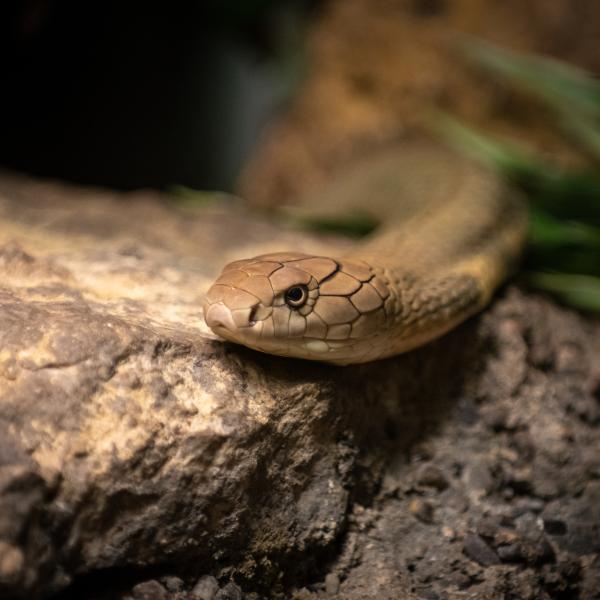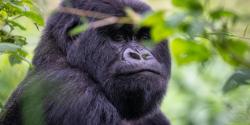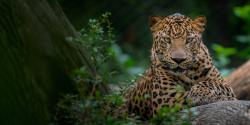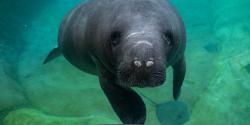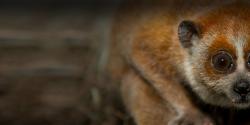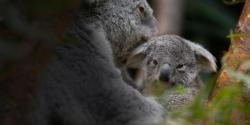The king cobra is the largest venomous snake in the world. Despite its large size and reputation, the king cobra is generally not aggressive and will try to avoid confrontation whenever possible.
If it feels threatened, the snake can raise itself up to one-third of its length, which can be as tall as a person. It can also flatten the ribs in its neck, forming a large and impressive hood to scare off po
Scientific Name: Ophiophagus hannah
Conservation Status: Vulnerable
Size: Usually 10 to 12 feet long, but can reach up to 18 feet in length
Weight: 13 to 20 lbs.
